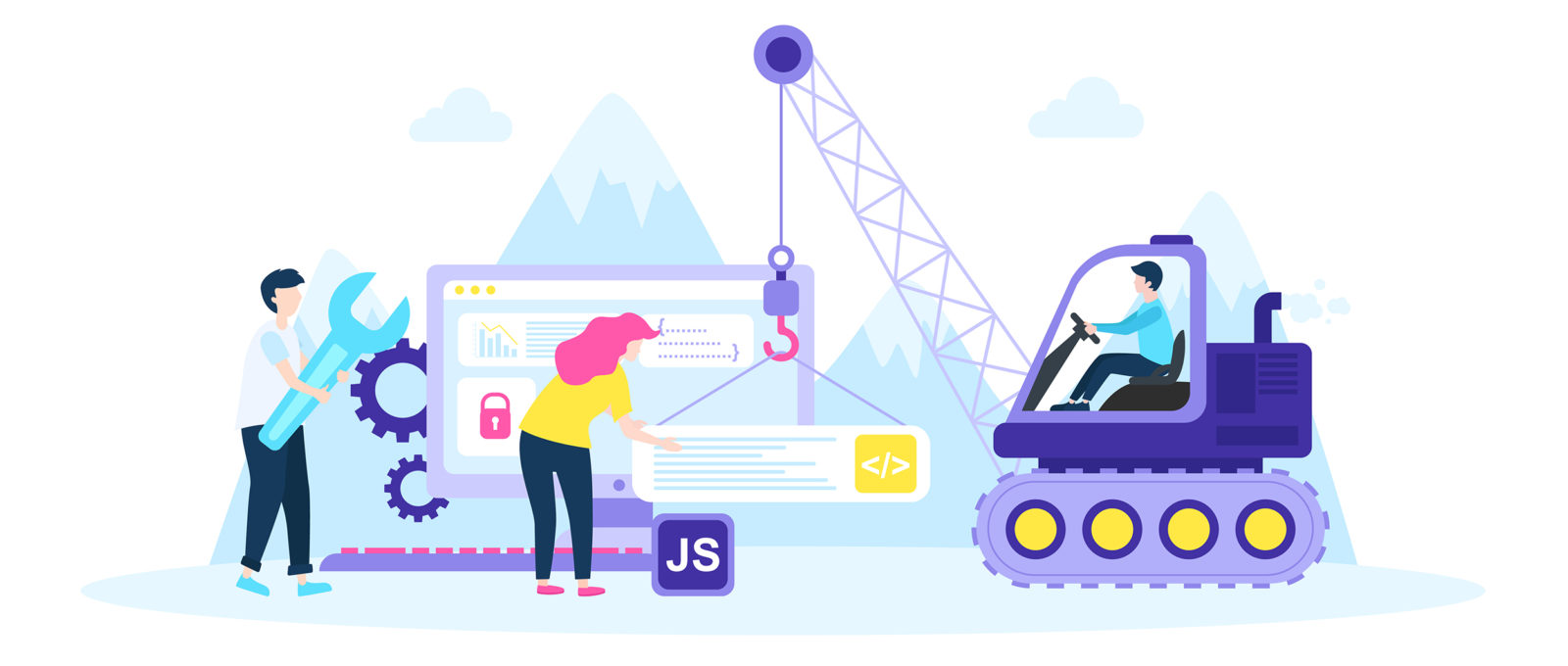Website Style: A Trip With Time.From Simple Starts To Modern Wonders, Website Layout Has Actually Undergone A Considerable Makeover Throughout The Years
Website Style: A Trip With Time.From Simple Starts To Modern Wonders, Website Layout Has Actually Undergone A Considerable Makeover Throughout The Years
Blog Article
Produced By-Monroe Singer
In the past, internet sites were simple and focused on info. Navigating was direct, and layout was for desktops. Now, customer experience is key. Data guides styles for simple navigating. Receptive formats suit different devices. Today, dark setting reduces strain, and minimalist food selections enhance navigation. Interactive features involve customers, and vibrant visuals stand apart. AI combination increases interaction. See just how style has evolved to enhance your on-line trip.
Early Days of Website Design
In the early days of website design, simplicity preponderated. Sites were basic, with limited colors, fonts, and formats. The focus got on giving information instead of flashy visuals. Individuals accessed the net with sluggish dial-up links, so rate and performance were vital.
Navigating menus were straightforward, typically situated on top or side of the page. https://franciscouojdx.blog-mall.com/30459453/raise-your-online-presence-with-professional-web-design-strategies were developed for desktop computers, as mobile browsing wasn't yet prevalent. Web content was king, and designers prioritized easy readability over complicated layout aspects.
HTML was the main coding language made use of, and designers needed to function within its restraints. Computer animations and interactive attributes were marginal compared to today's standards. Internet sites were fixed, with little vibrant web content or individualized individual experiences.
Surge of User-Focused Layout
With the development of website layout, a shift in the direction of user-focused style principles has actually come to be progressively noticeable. Today, developing websites that focus on individual experience is critical for engaging site visitors and attaining company objectives. User-focused layout involves understanding the demands, choices, and behaviors of your target audience to tailor the site's layout, material, and features as necessary.
Developers currently perform complete research, such as user studies and usability screening, to collect understandings and comments directly from individuals. This data-driven approach aids in creating intuitive navigation, clear calls-to-action, and aesthetically attractive user interfaces that reverberate with site visitors. By placing the customer at the center of the layout procedure, web sites can deliver a more customized and delightful experience.
Responsive layout has additionally become a vital facet of user-focused layout, making sure that sites are enhanced for various tools and screen sizes. This versatility enhances availability and use, accommodating the diverse means customers communicate with web sites today. Basically, the surge of user-focused style indicates a change towards creating digital experiences that focus on the demands and assumptions of completion customer.
Modern Trends in Web Design
Check out the most recent patterns forming web design today. One noticeable fad is dark mode layout, using a streamlined and modern look while lowering eye strain in low-light atmospheres. An additional vital pattern is minimal navigating, streamlining food selections and enhancing individual experience by focusing on essential elements. Incorporating micro-interactions, such as computer animated switches or scrolling results, can develop an extra interesting and interactive website. Receptive style continues to be crucial, making sure seamless customer experiences throughout various gadgets. Furthermore, utilizing Read More On this page and asymmetrical layouts can include visual passion and accentuate details web content.
Integrating AI innovation, like chatbots for consumer assistance or tailored suggestions, enhances individual interaction and improves procedures. Access has additionally come to be a substantial pattern, with designers focusing on inclusive design techniques to cater to diverse individual needs. Welcoming sustainability by maximizing site performance for speed and effectiveness is one more emerging pattern in web design. Working together with individual responses and data analytics to iterate and improve style continually is necessary for remaining appropriate in the ever-evolving electronic landscape. By embracing these contemporary trends, you can produce an aesthetically appealing, straightforward website that reverberates with your audience.
Conclusion
As you assess the evolution of site style from the early days to currently, you can see how user-focused style has ended up being the driving force behind modern fads.
Welcome the trip of modification and adjustment in web design, always keeping the user experience at the forefront.
Stay current with the most recent fads and technologies, and never stop developing your technique to produce visually stunning and easy to use sites.
Advance, adjust, and produce - the future of website design remains in your hands.
